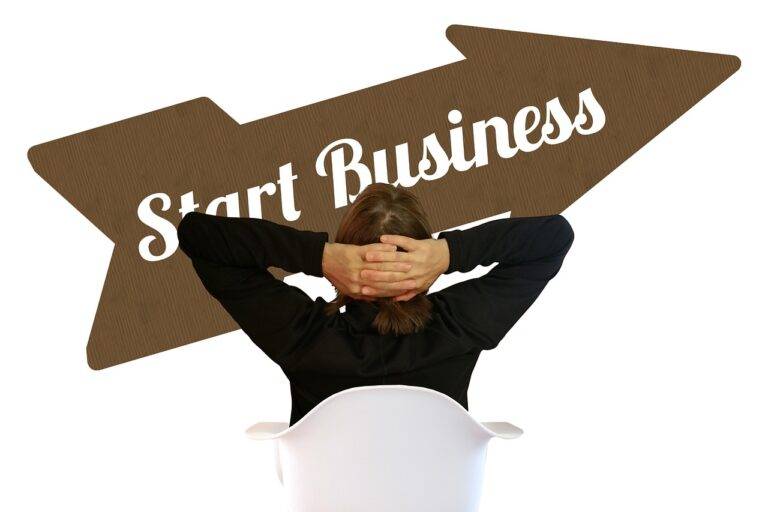The Role of Gamification in Employee Engagement and Productivity
Gamification in the workplace offers numerous advantages that contribute to a more engaging and productive environment. By incorporating game elements into everyday tasks and activities, employees are motivated to strive for excellence and achieve their goals. This heightened sense of competition and accomplishment can lead to increased productivity and efficiency within the organization.
Furthermore, gamification can also foster a sense of teamwork and collaboration among employees. Through team-based challenges and goals, individuals are encouraged to work together towards a common objective, promoting a cohesive work culture. This not only strengthens relationships among colleagues but also enhances communication and problem-solving skills, ultimately benefiting the overall success of the company.
How Gamification Improves Employee Motivation
Gamification has been shown to significantly boost employee motivation in the workplace. By incorporating game-like elements such as rewards, competition, and challenges into everyday tasks, employees are more engaged and inspired to perform better. This sense of achievement and progress not only enhances motivation levels but also increases job satisfaction among employees.
Furthermore, gamification creates a sense of camaraderie and teamwork among employees as they work together towards common goals and objectives. This collaborative environment fosters a positive company culture and encourages employees to support one another in their professional development. By tapping into the innate human desire for competition and achievement, gamification effectively enhances employee motivation and encourages continuous improvement within the organization.
What is gamification in the workplace?
Gamification in the workplace is the use of game design elements and principles in non-game contexts to engage employees and motivate them to achieve their goals.
What are the benefits of gamification in the workplace?
Some benefits of gamification in the workplace include increased employee engagement, motivation, productivity, and performance. It also promotes a sense of achievement and recognition among employees.
How does gamification improve employee motivation?
Gamification improves employee motivation by making tasks more enjoyable and rewarding. By incorporating game-like elements such as challenges, goals, and rewards, employees are more likely to stay engaged and motivated to complete their work.
What are some examples of gamification in the workplace?
Examples of gamification in the workplace include leaderboards to track employee performance, badges or points for completing tasks, and interactive training modules that simulate real-world scenarios.
How can employers implement gamification in their workplace?
Employers can implement gamification in their workplace by identifying key performance indicators, setting clear goals and objectives, providing feedback and rewards, and creating a supportive and competitive environment for employees to thrive.





